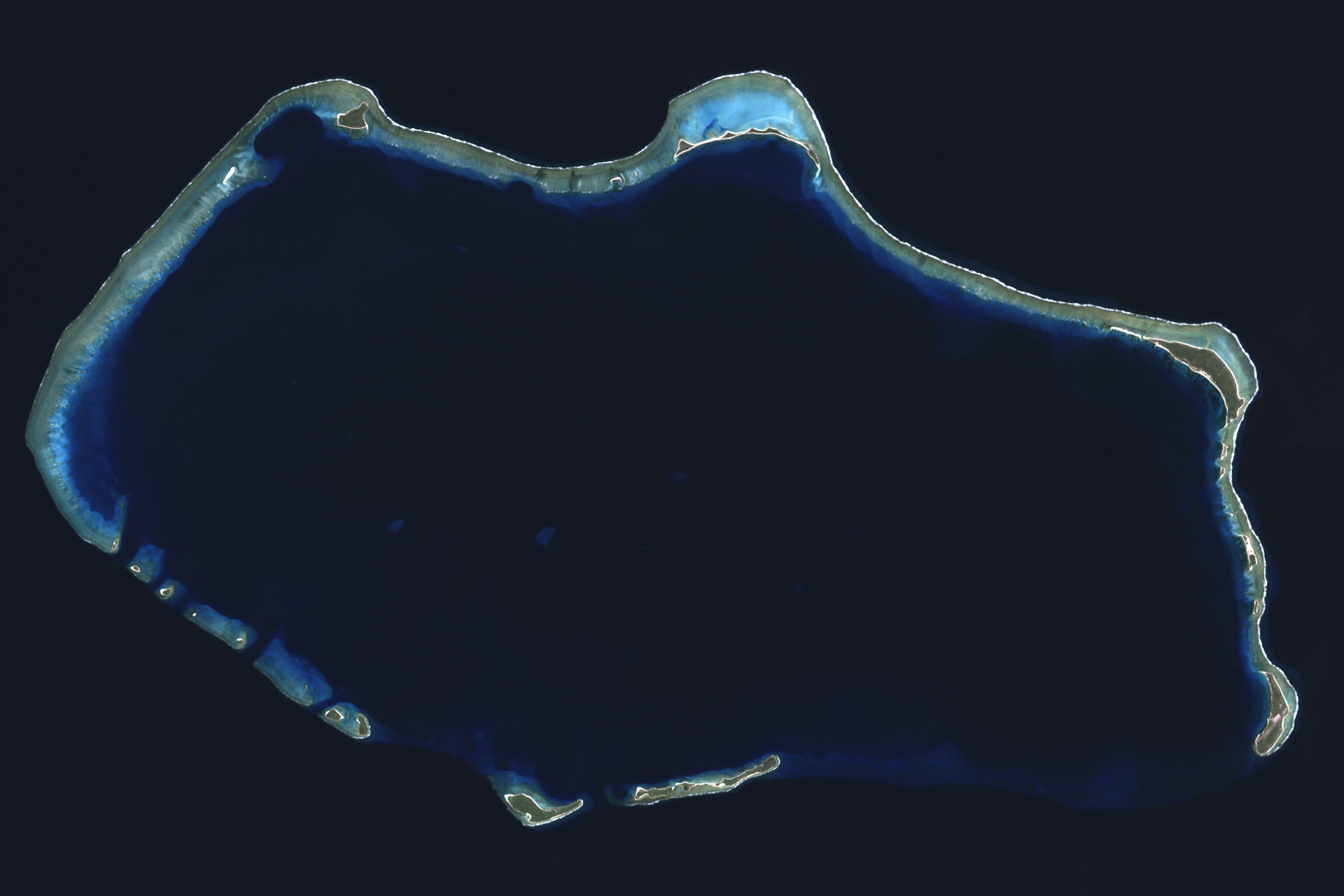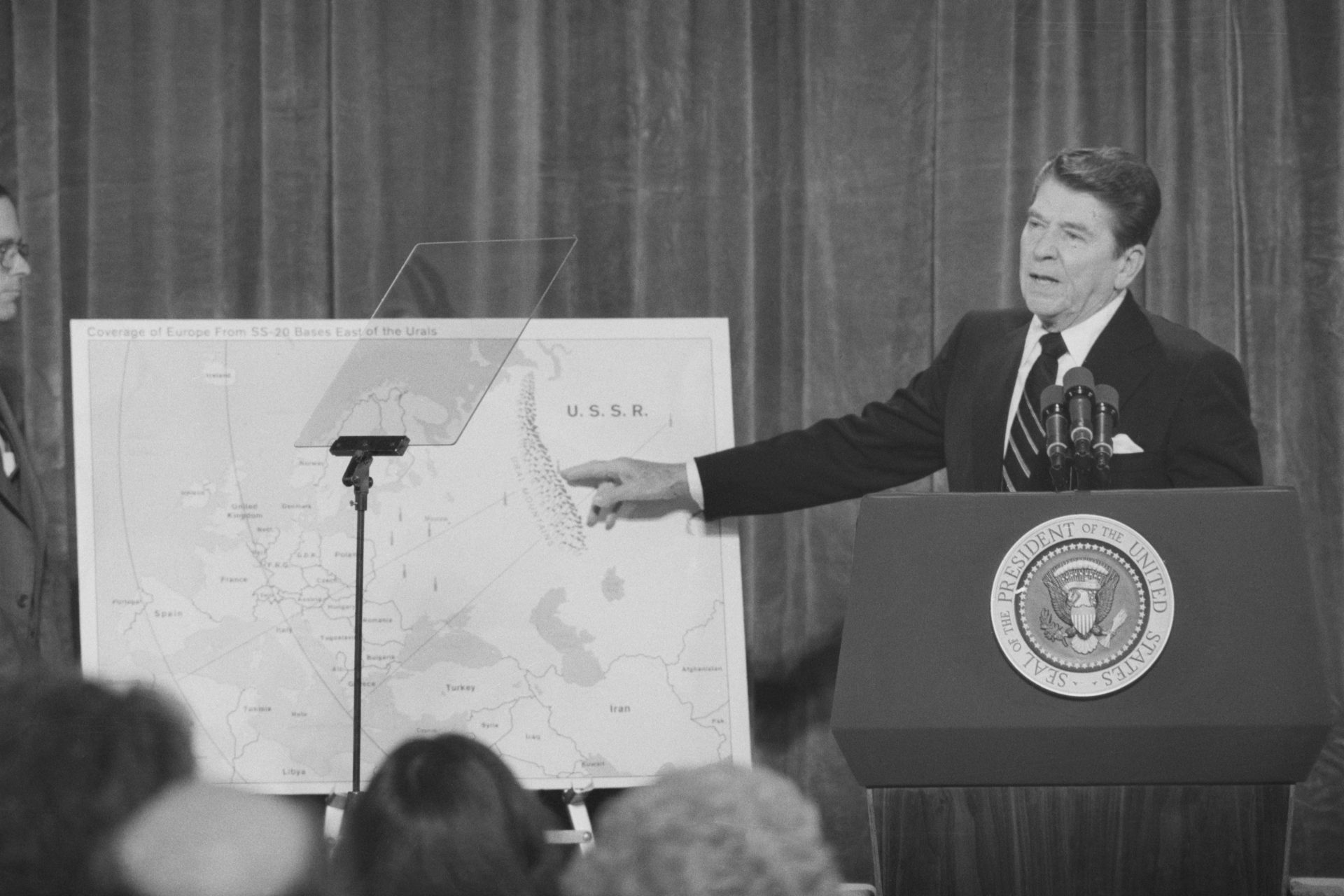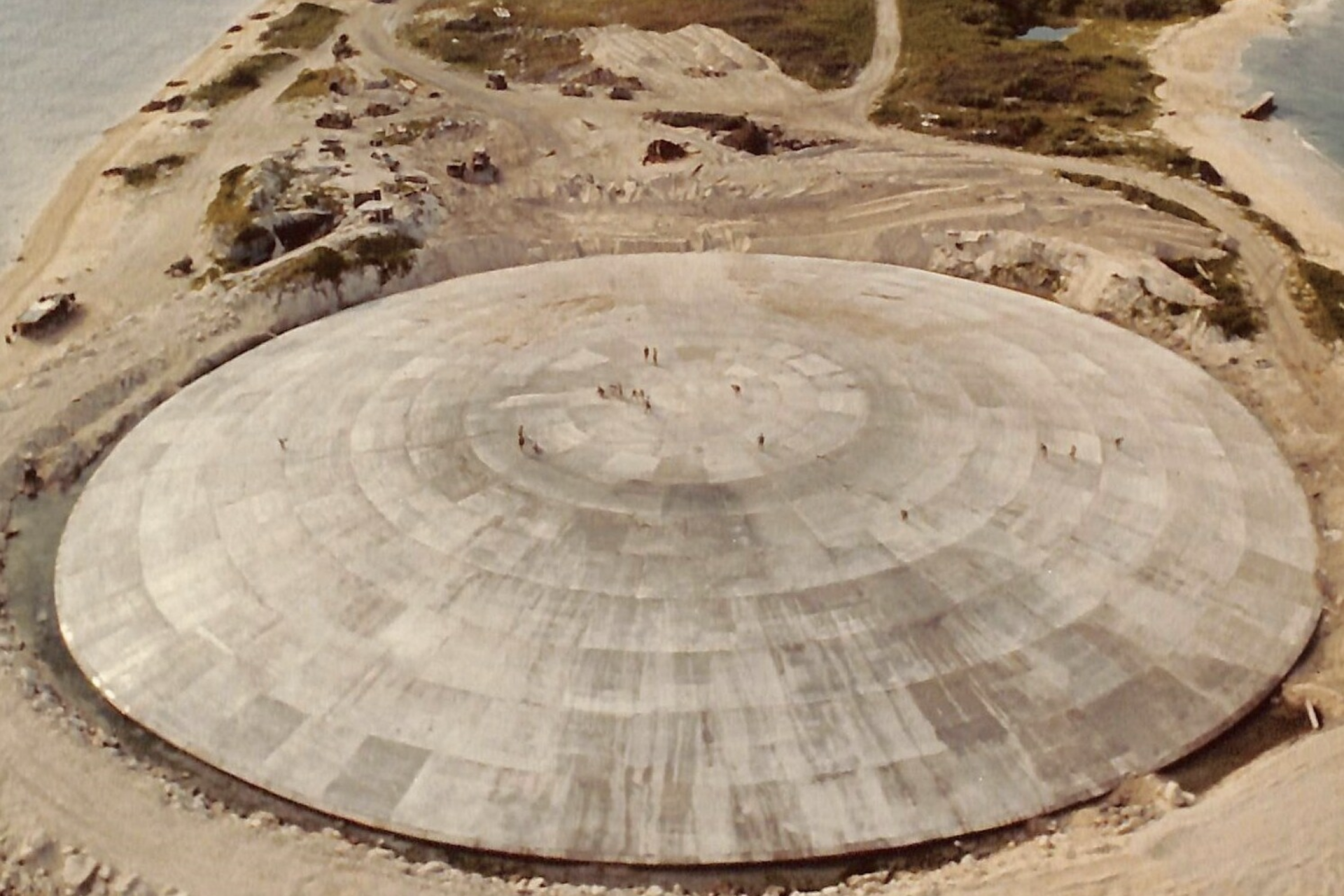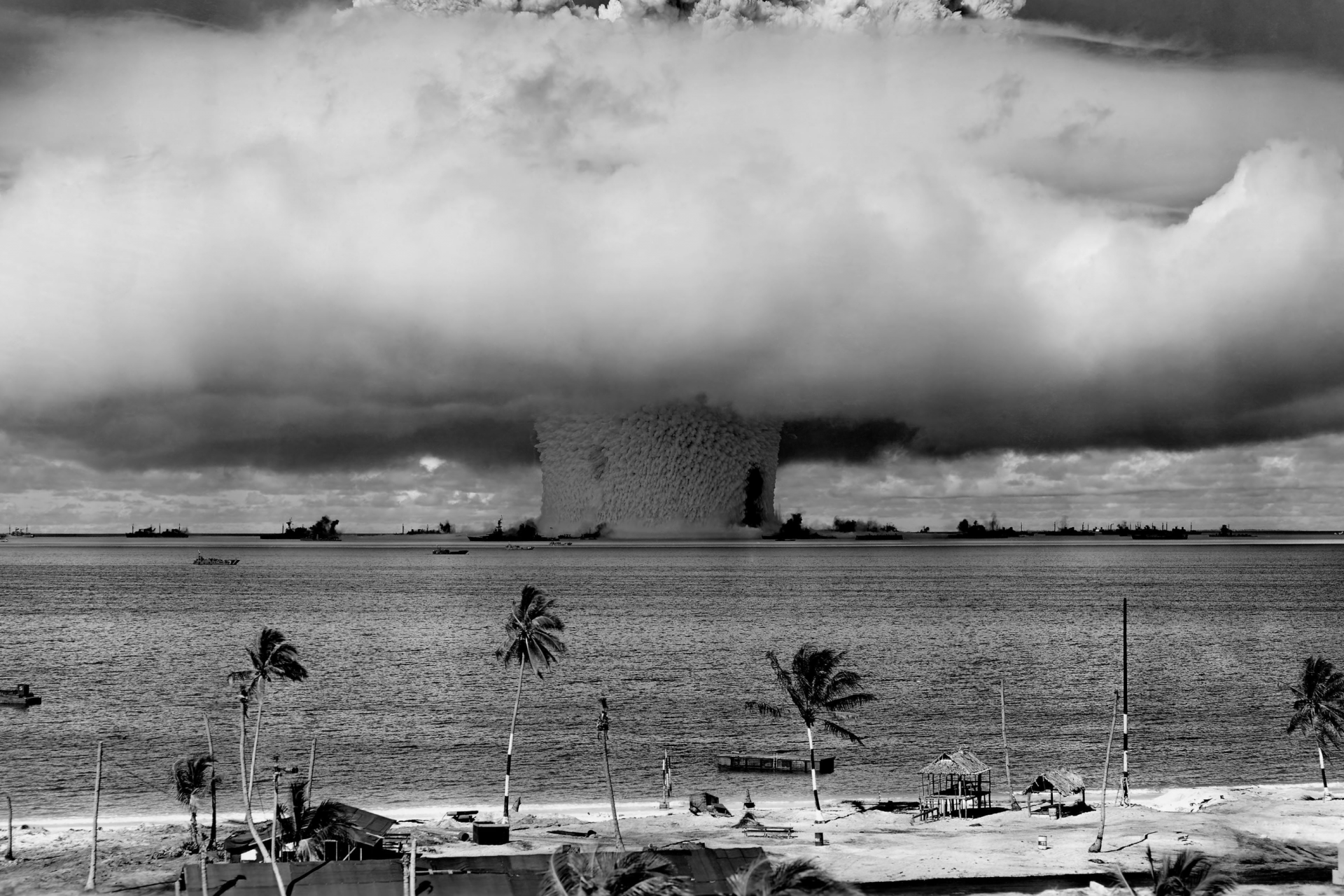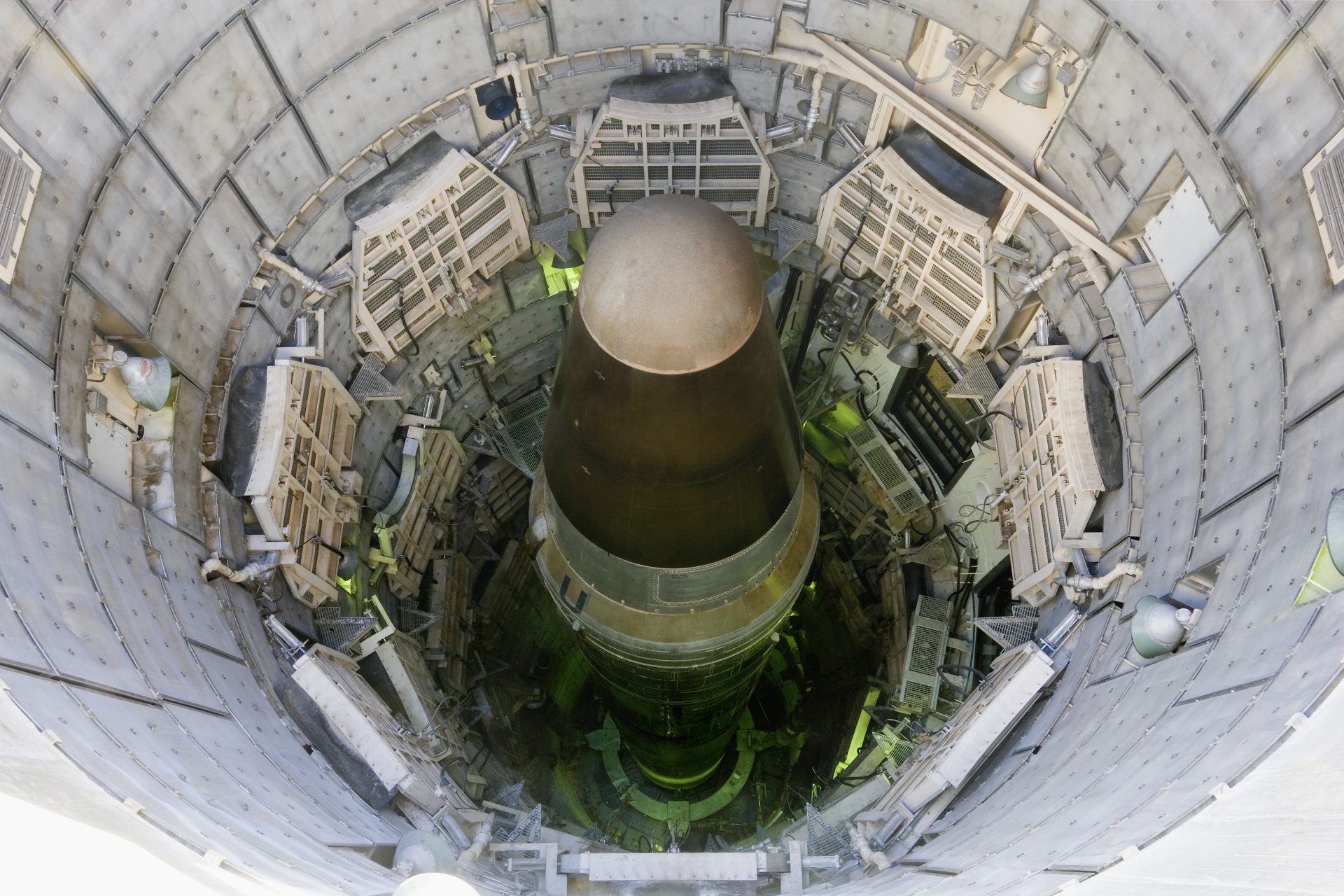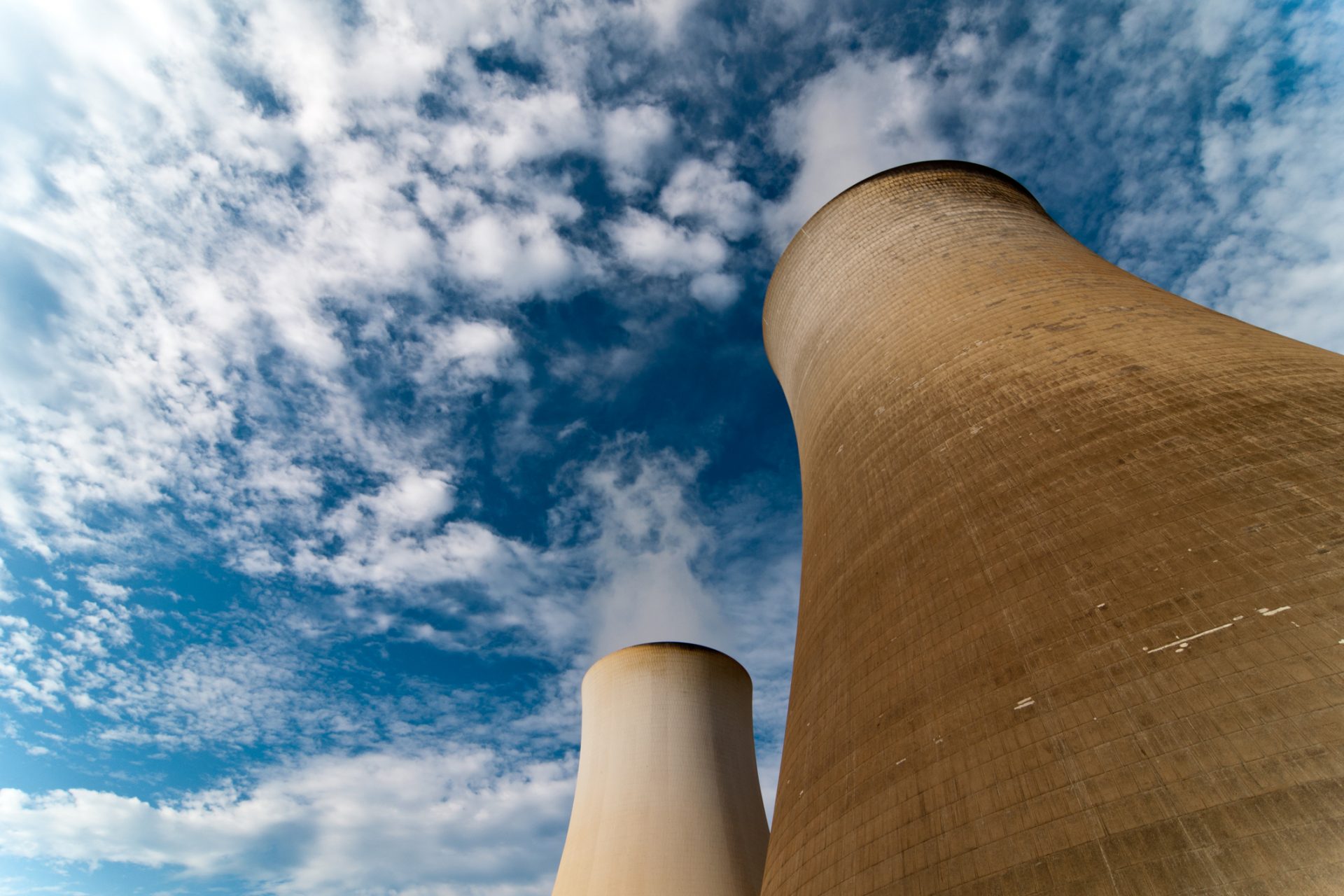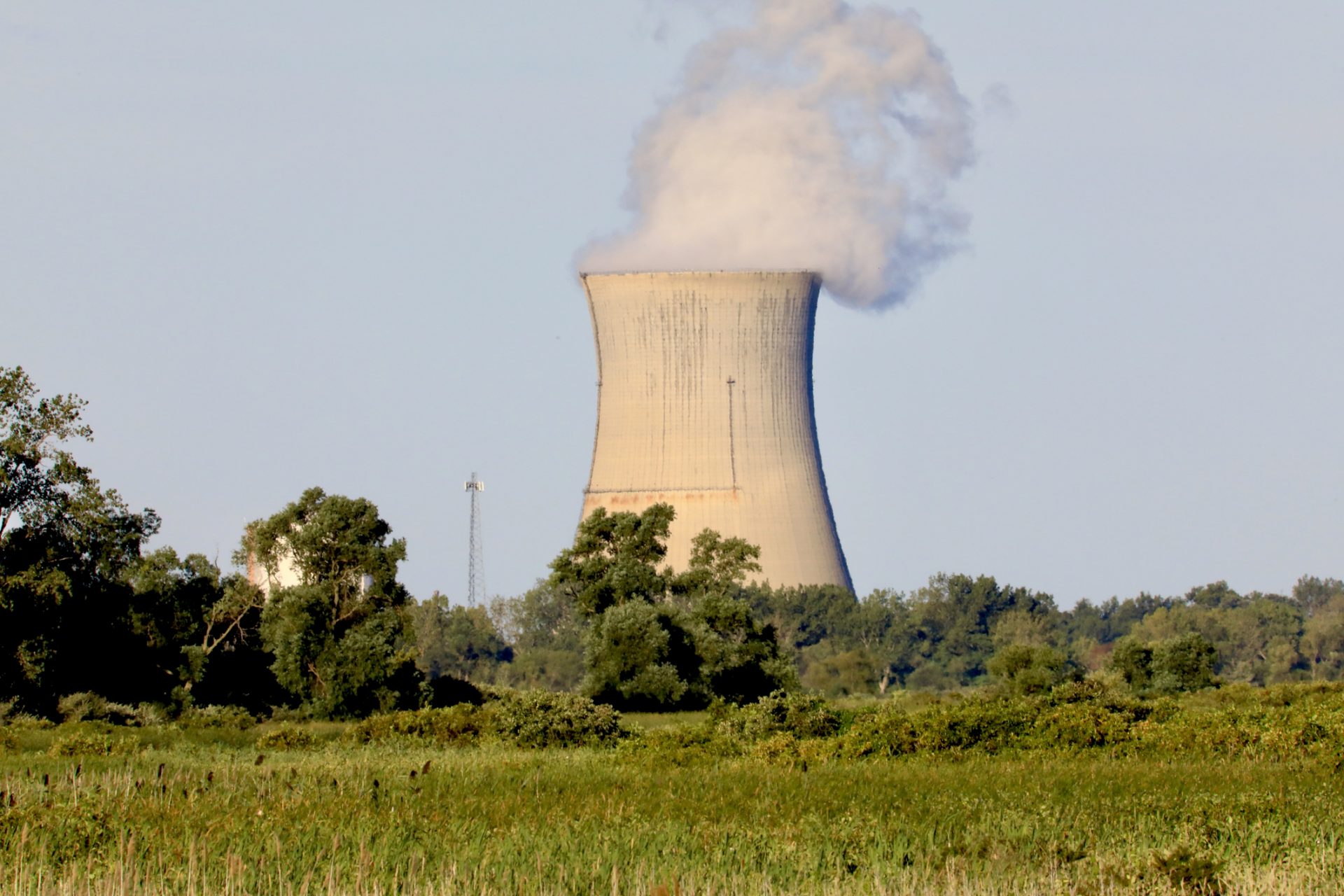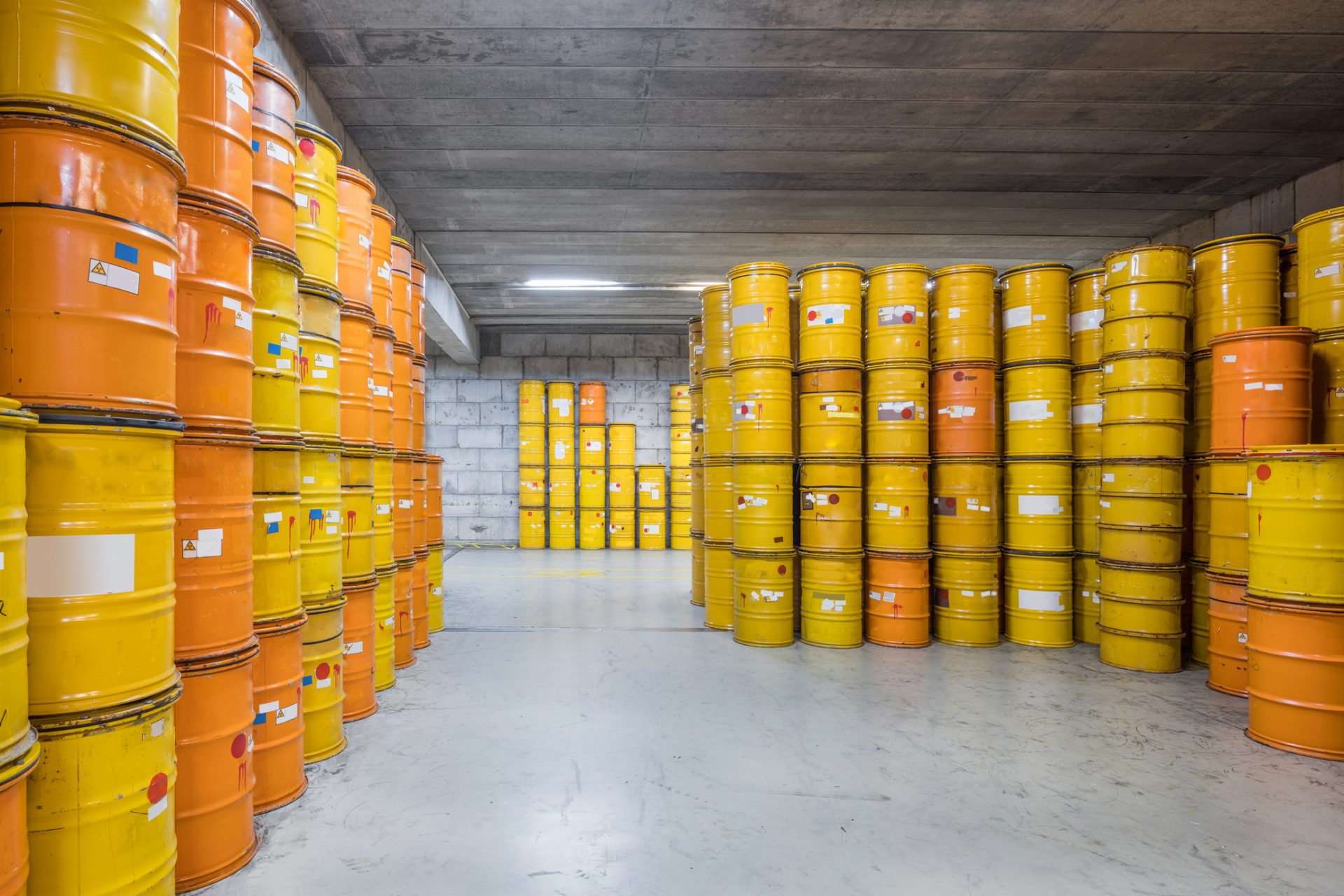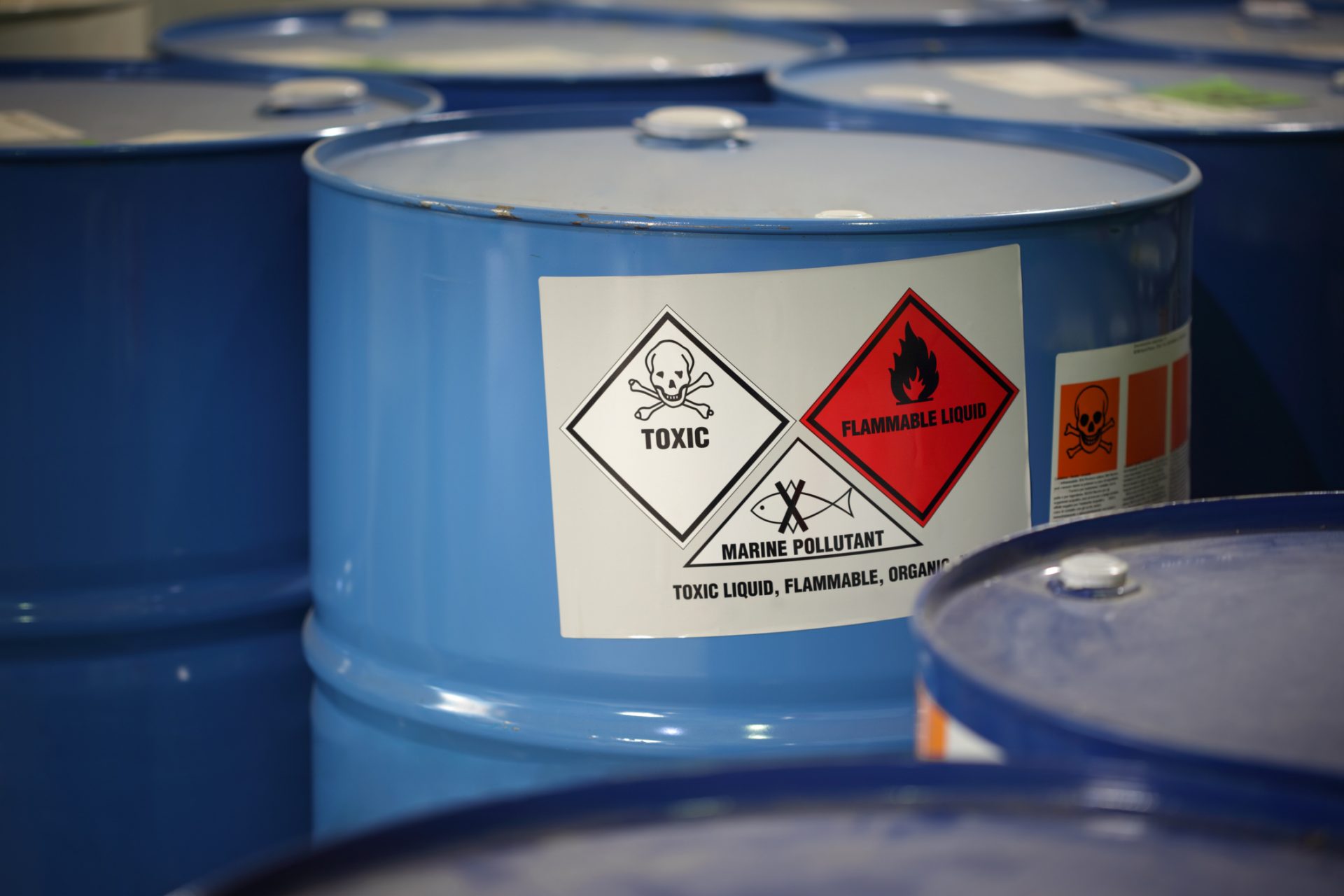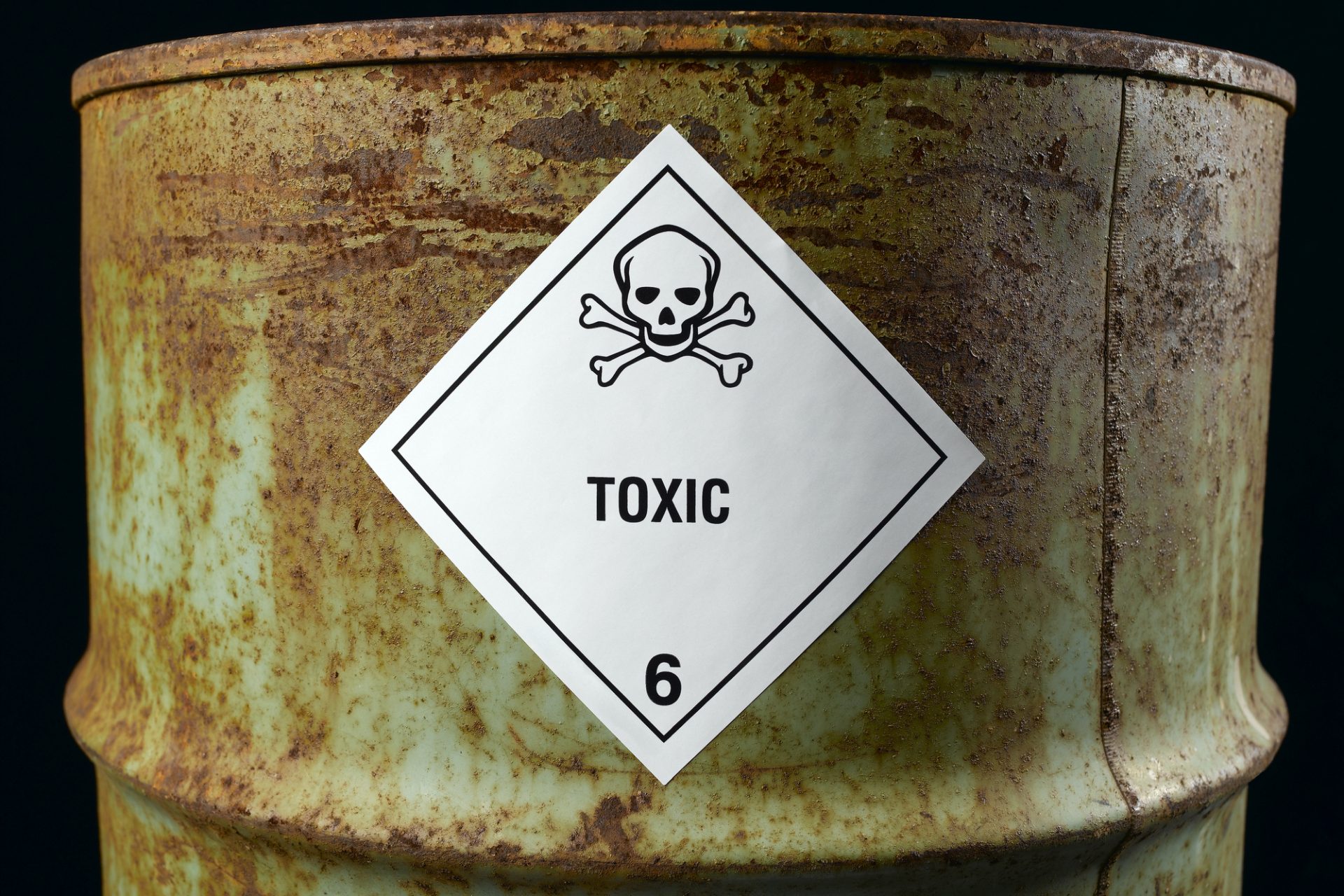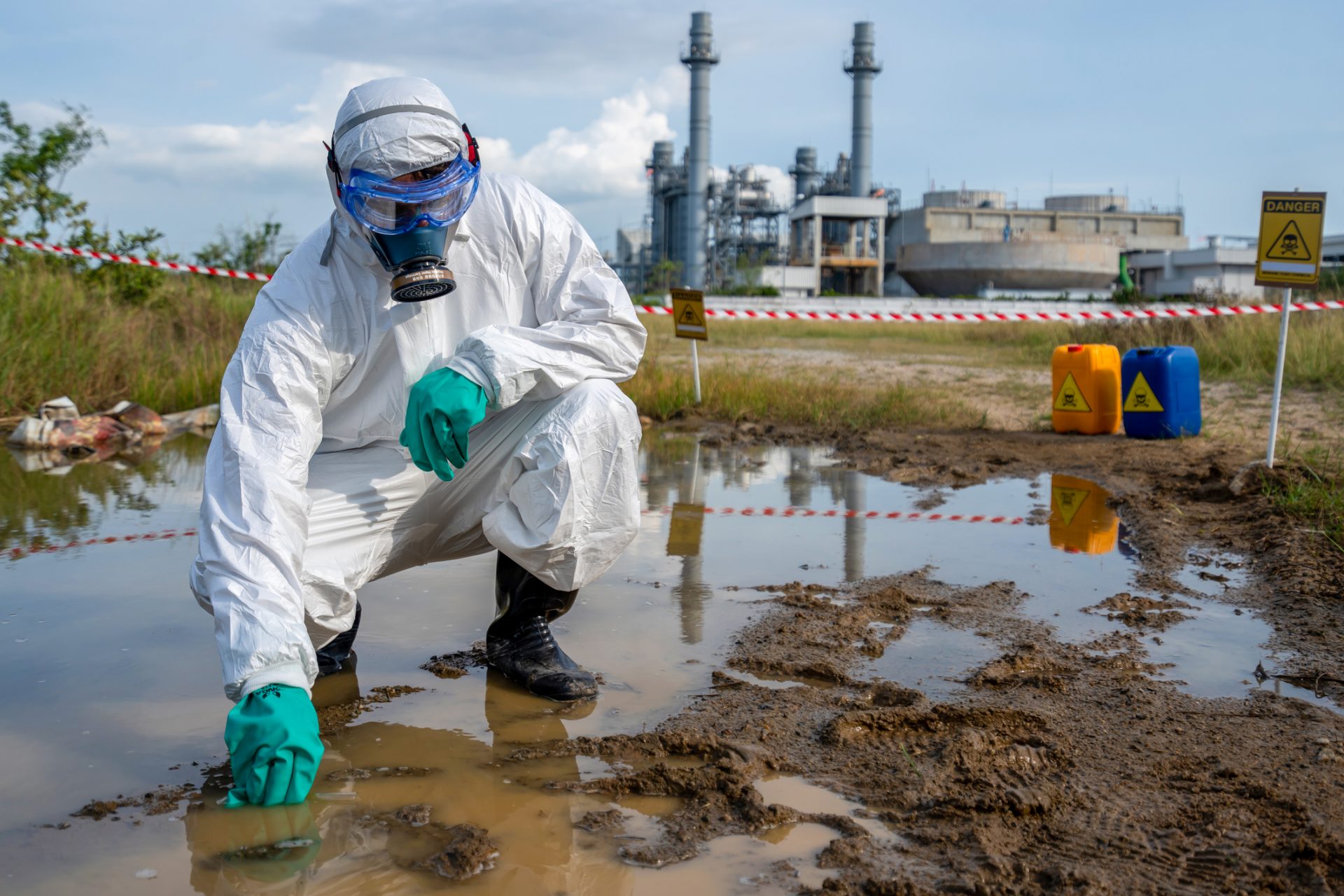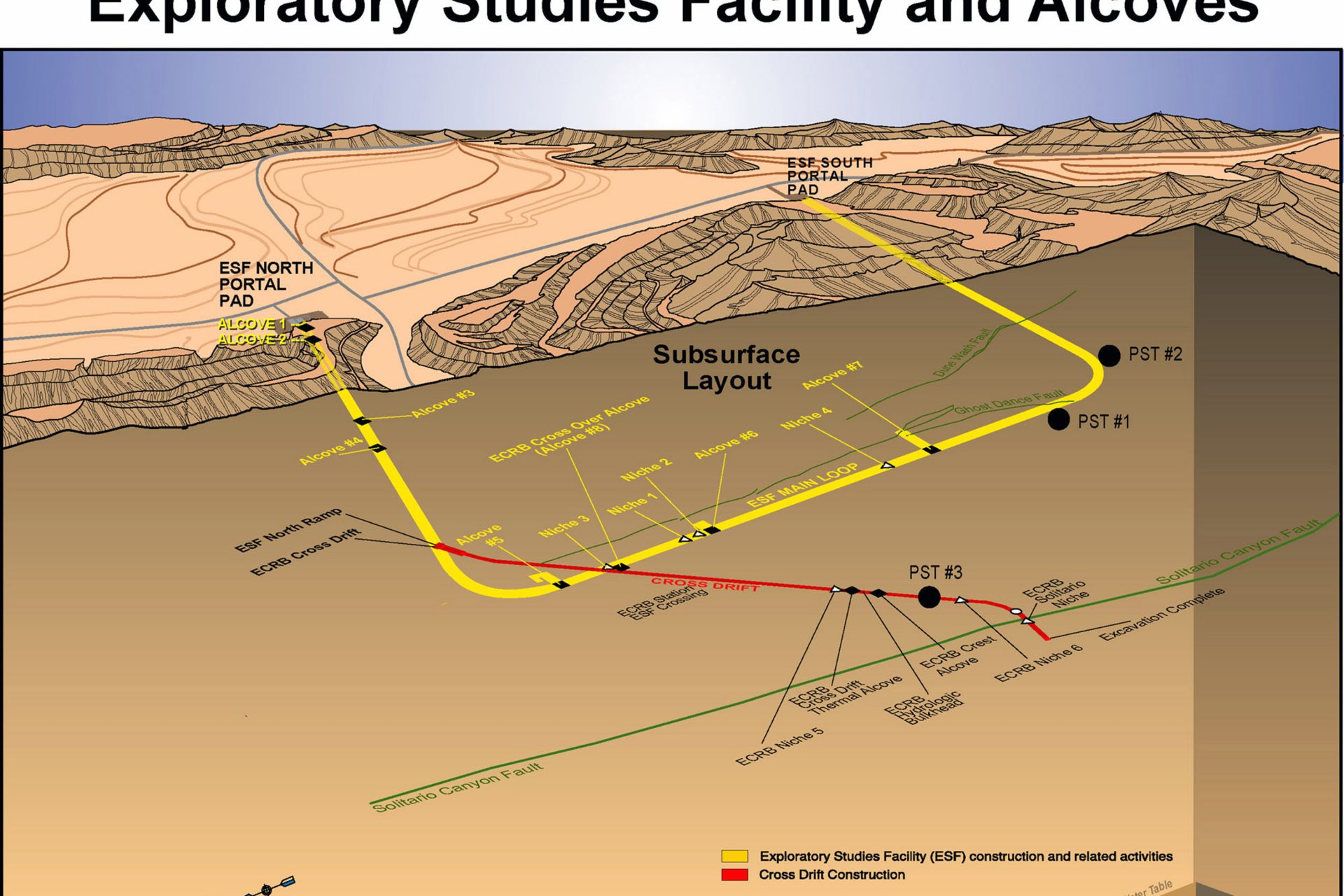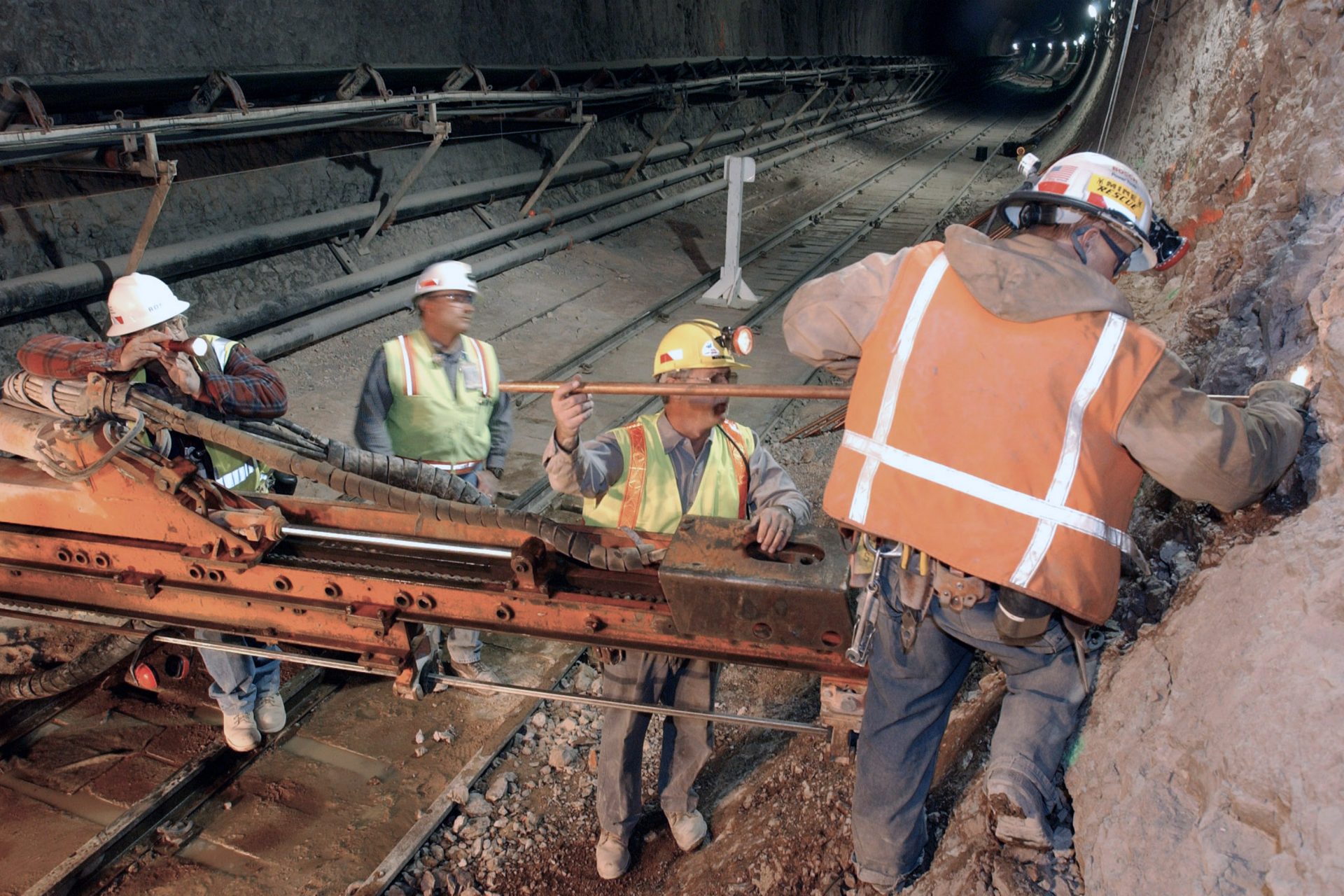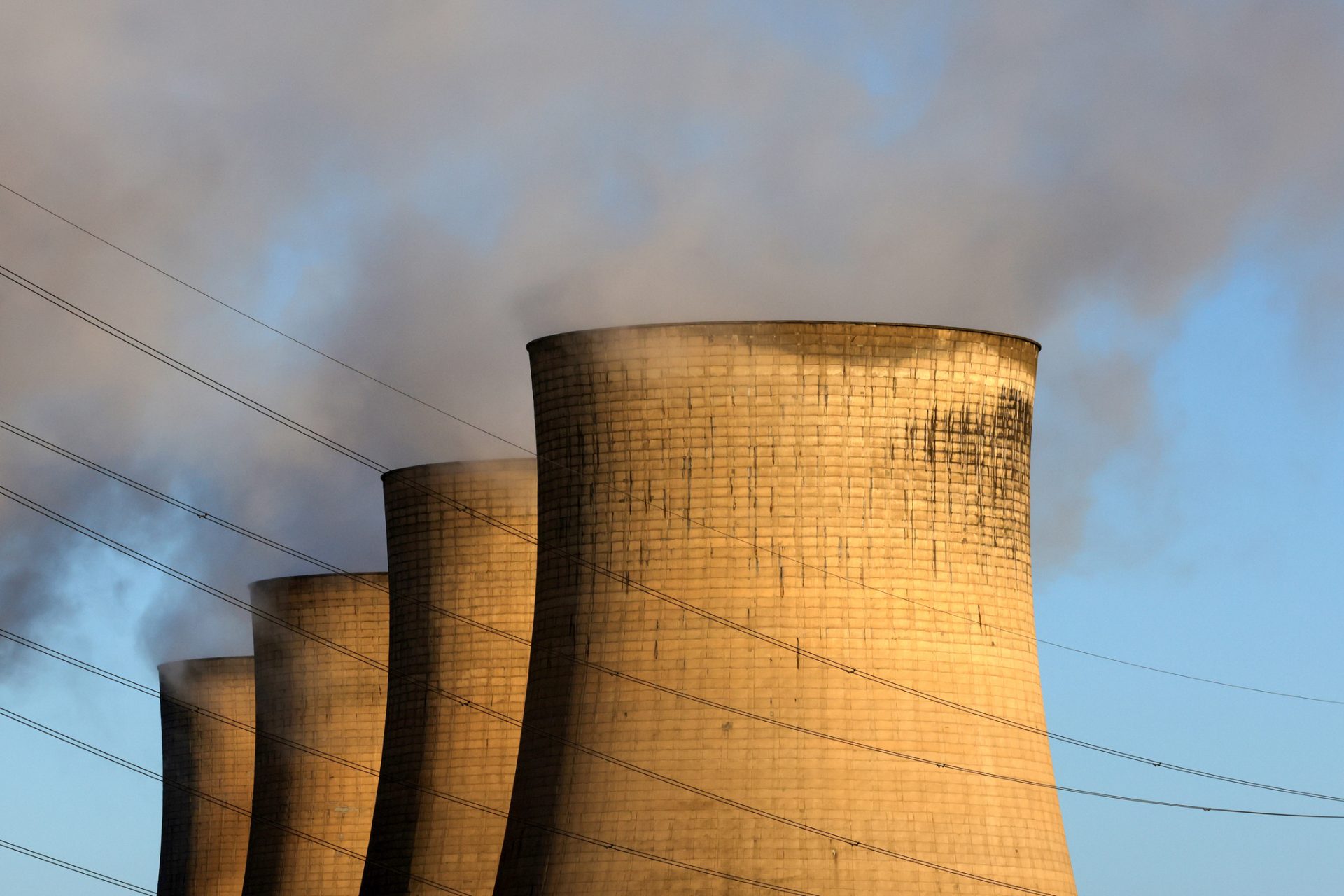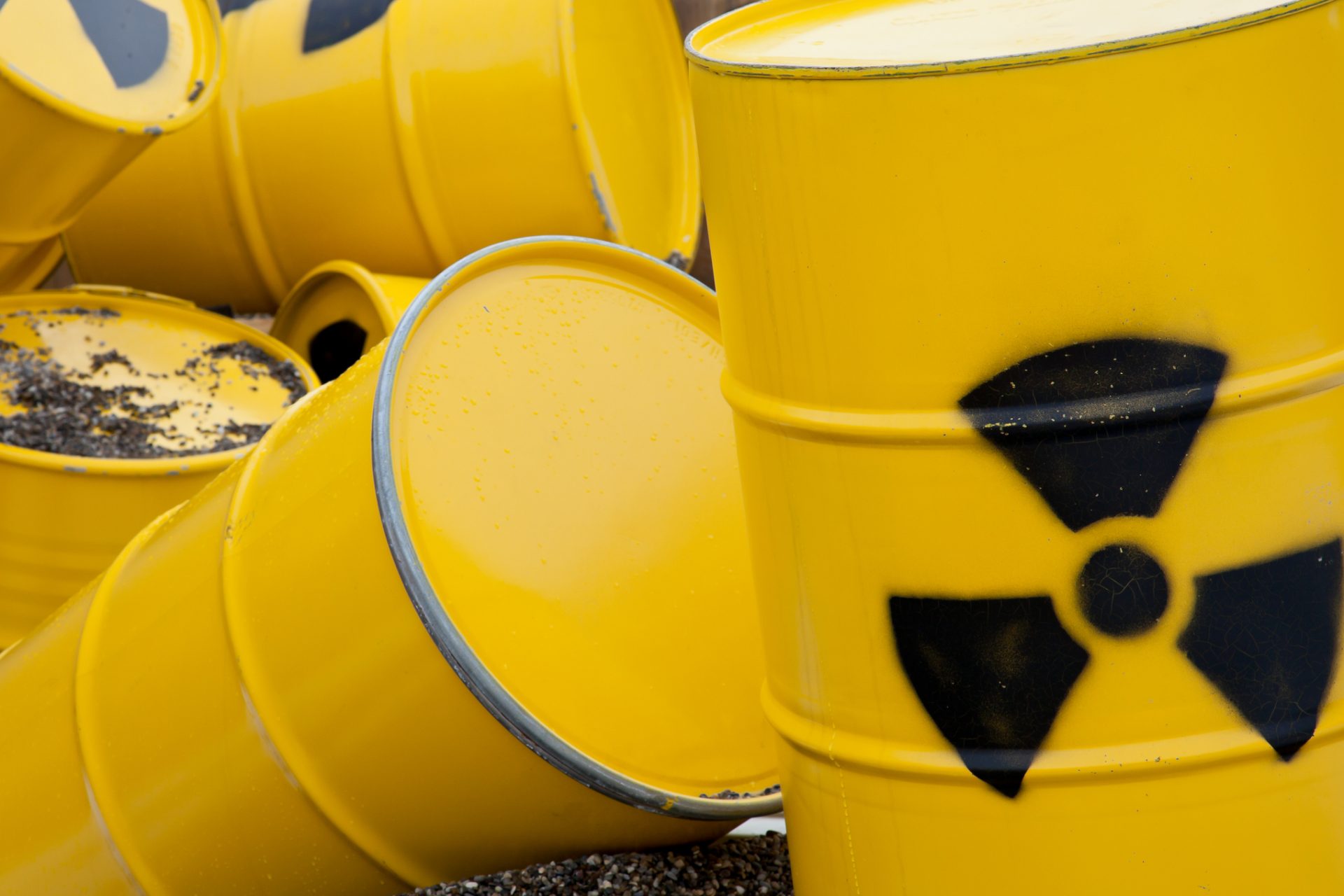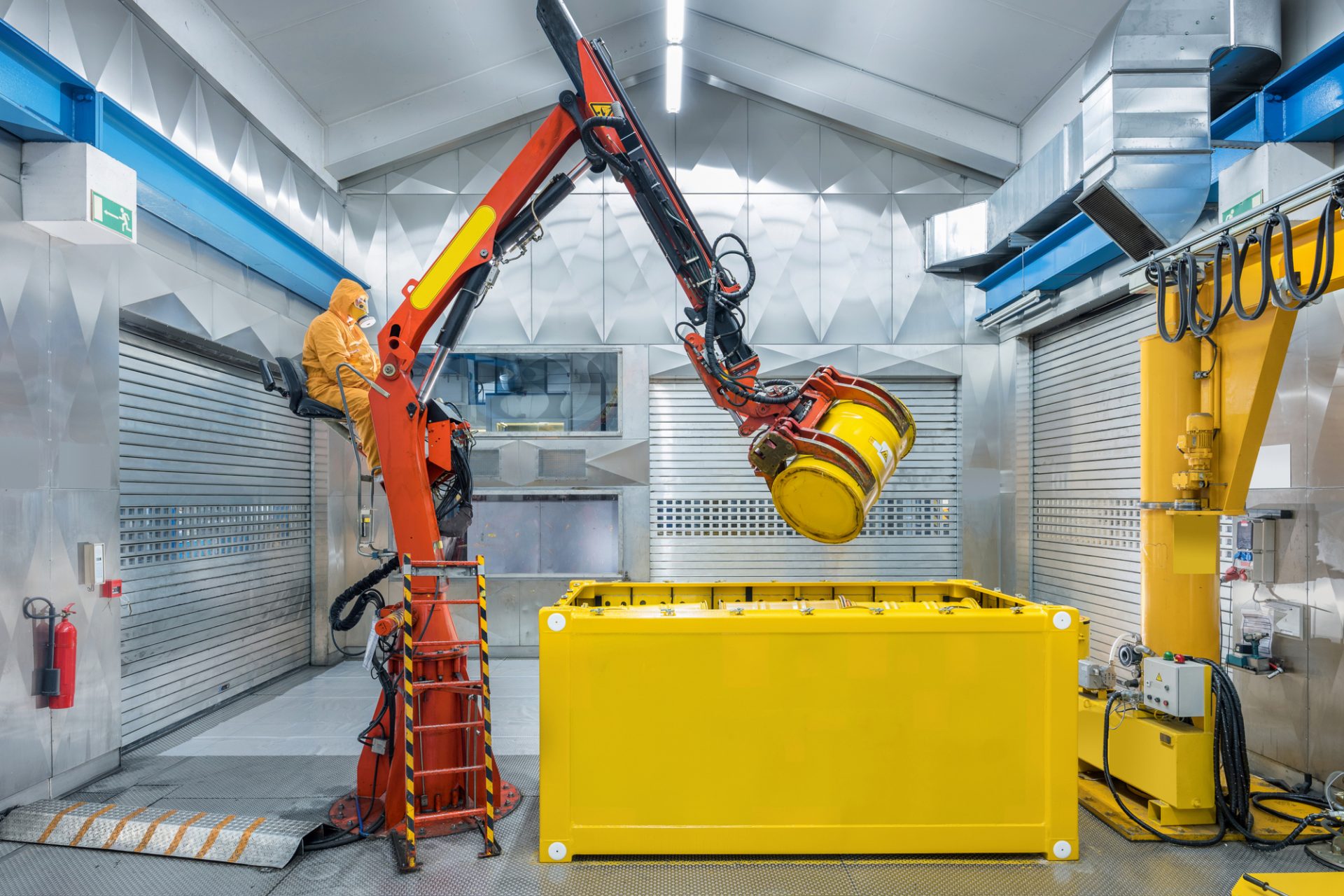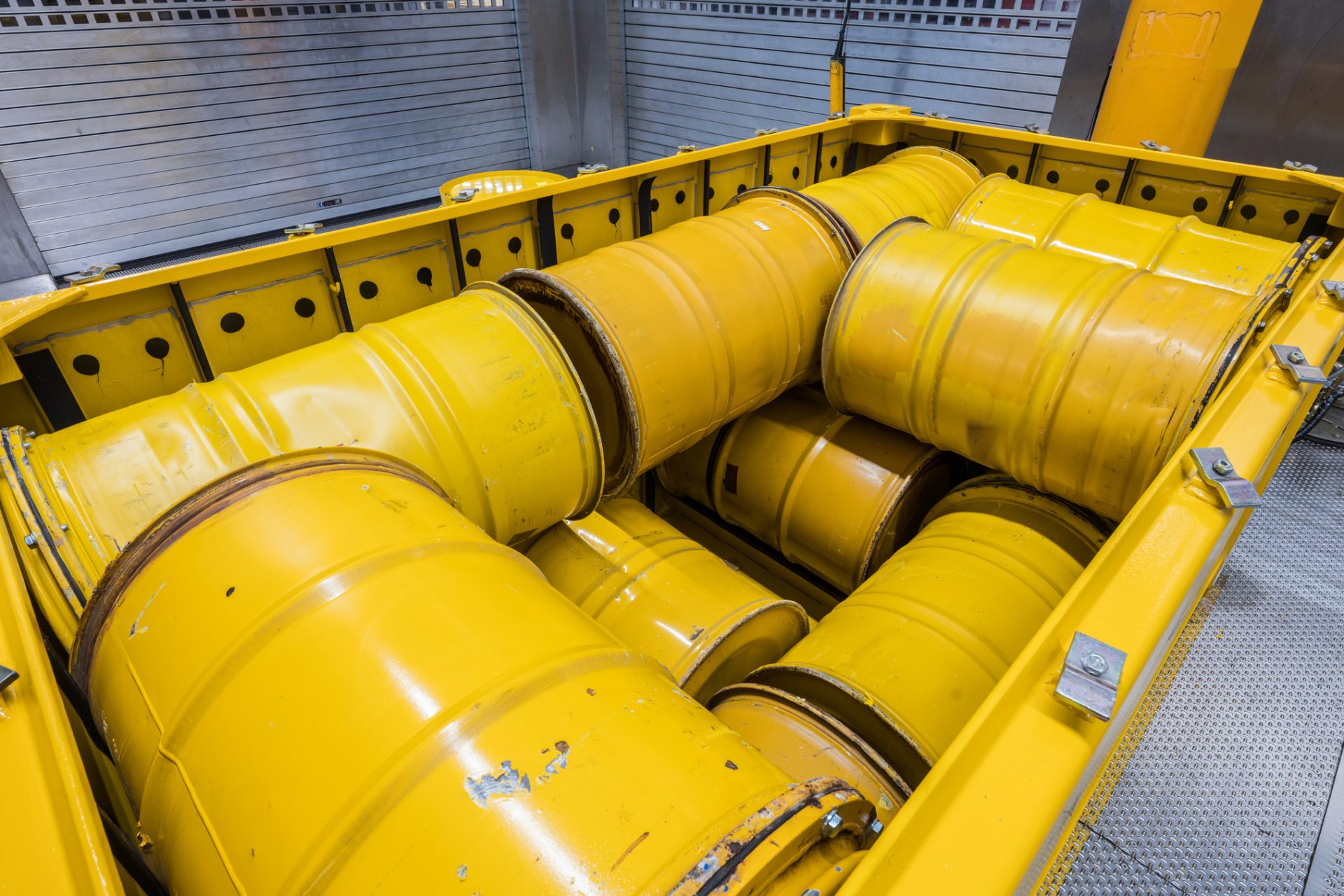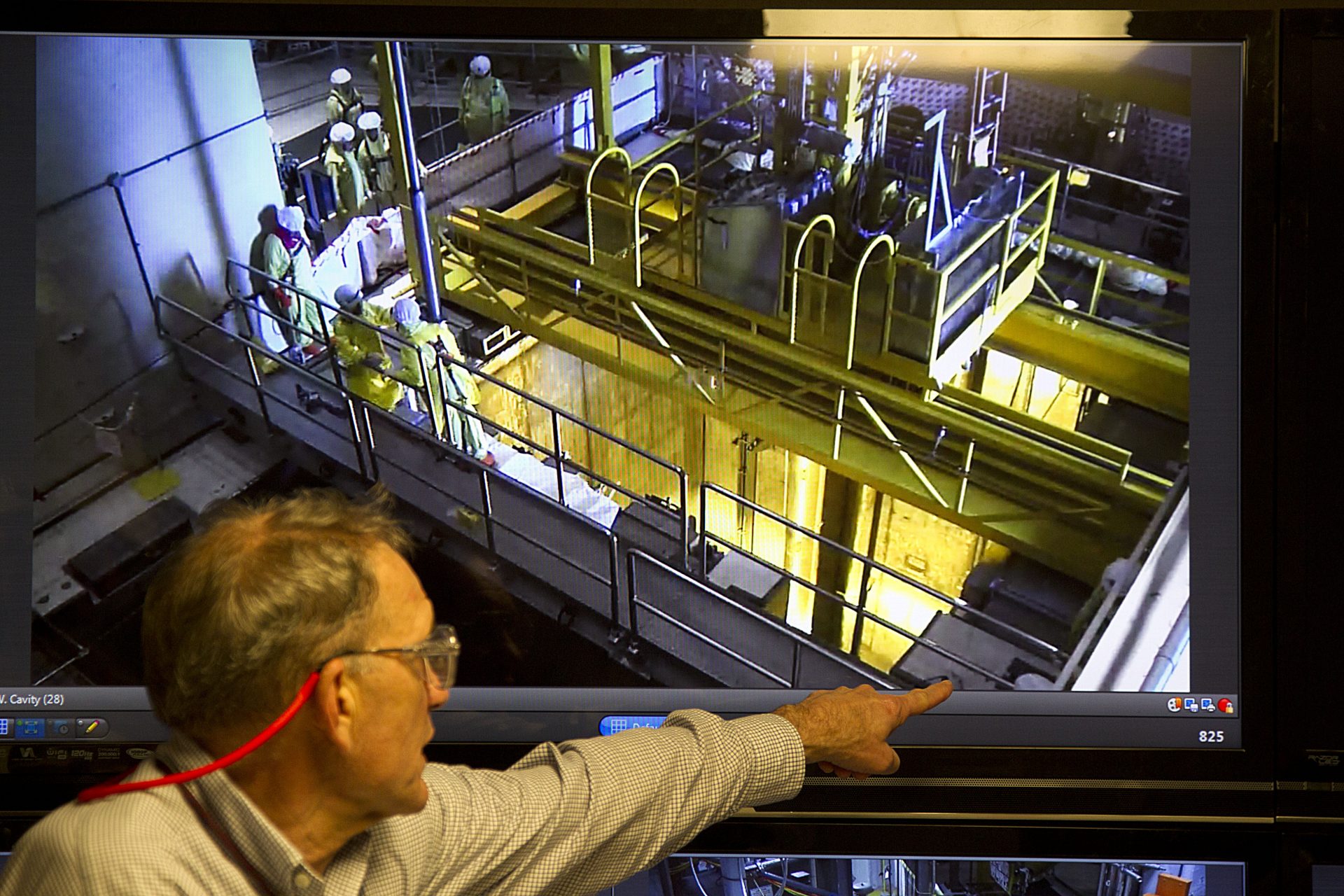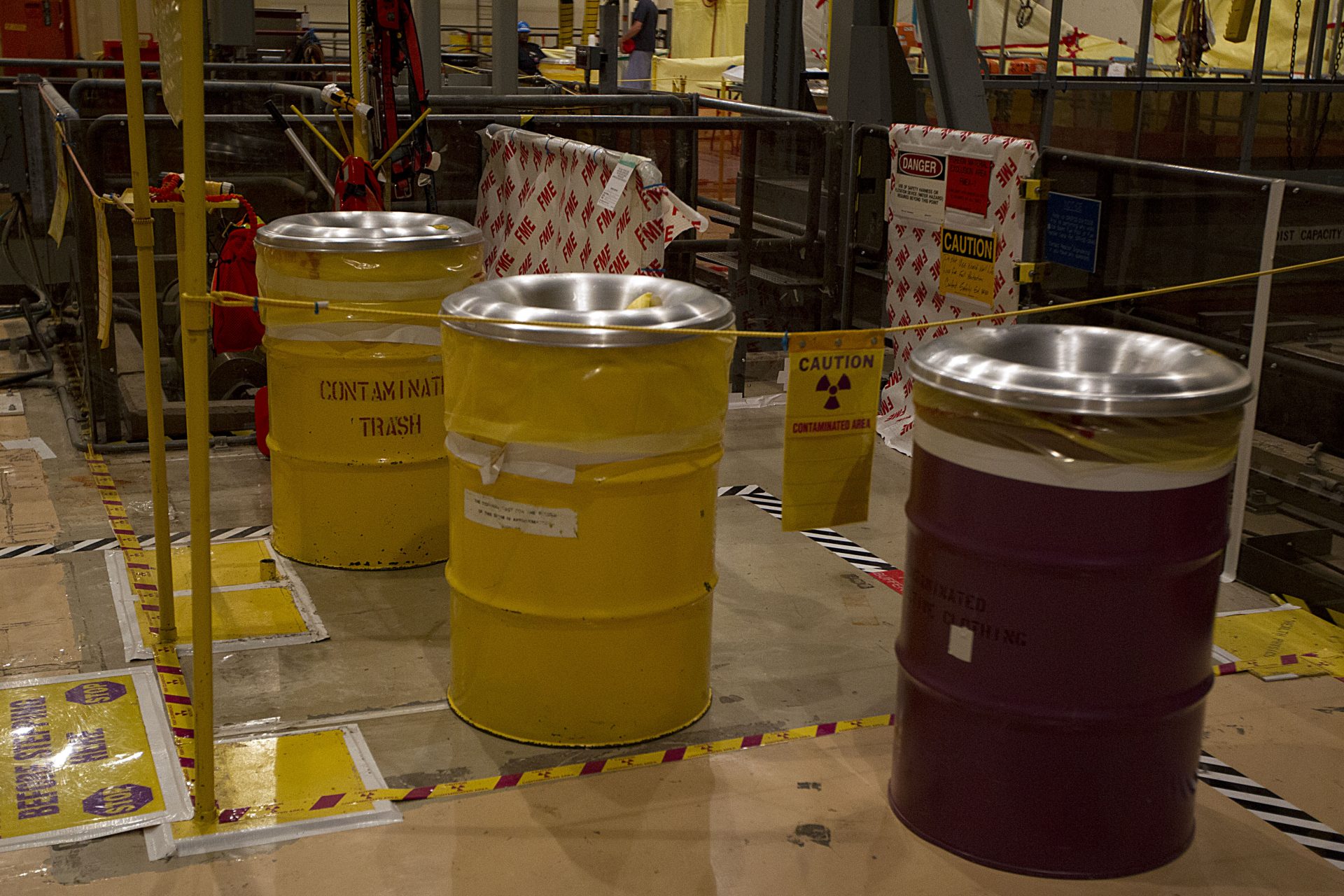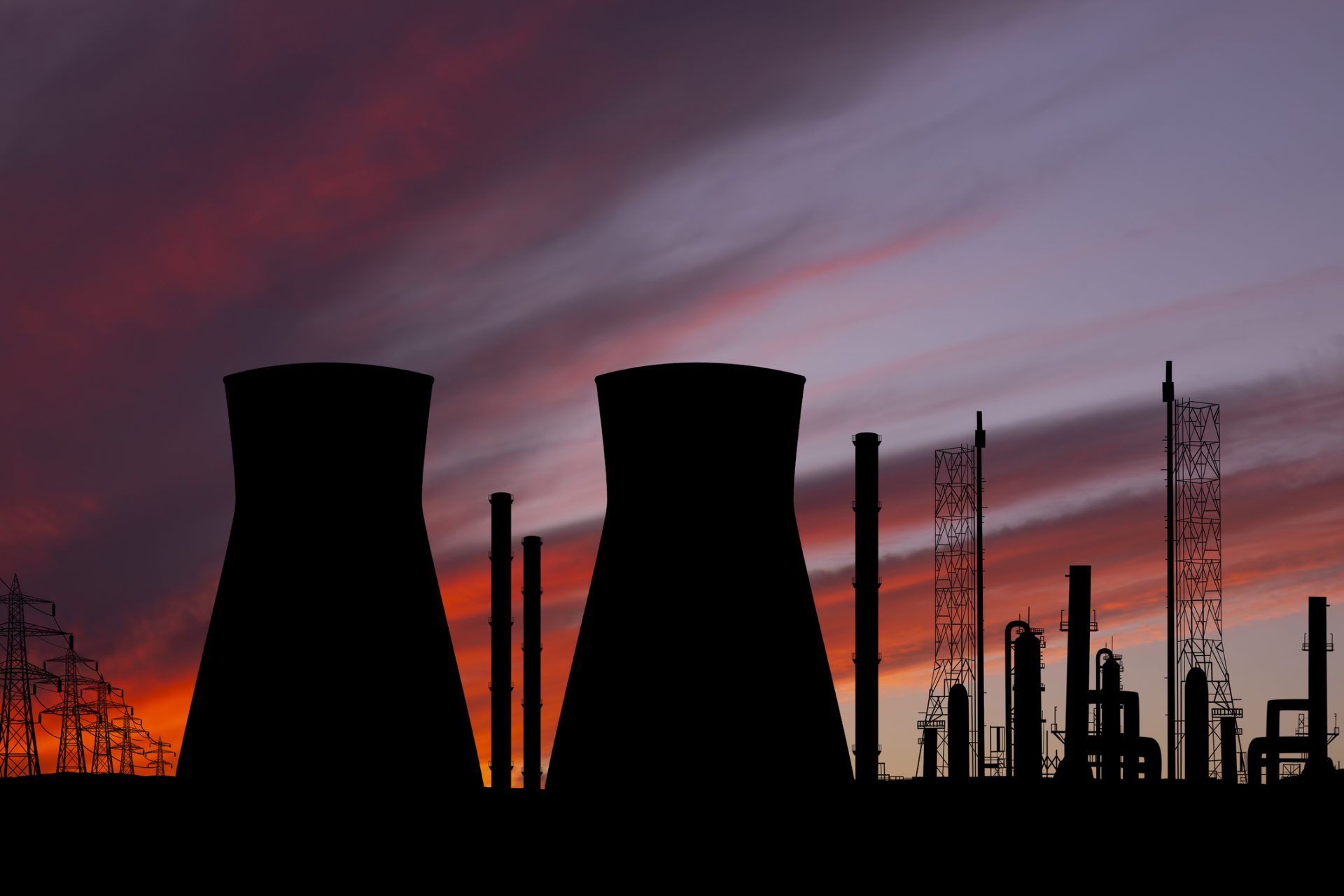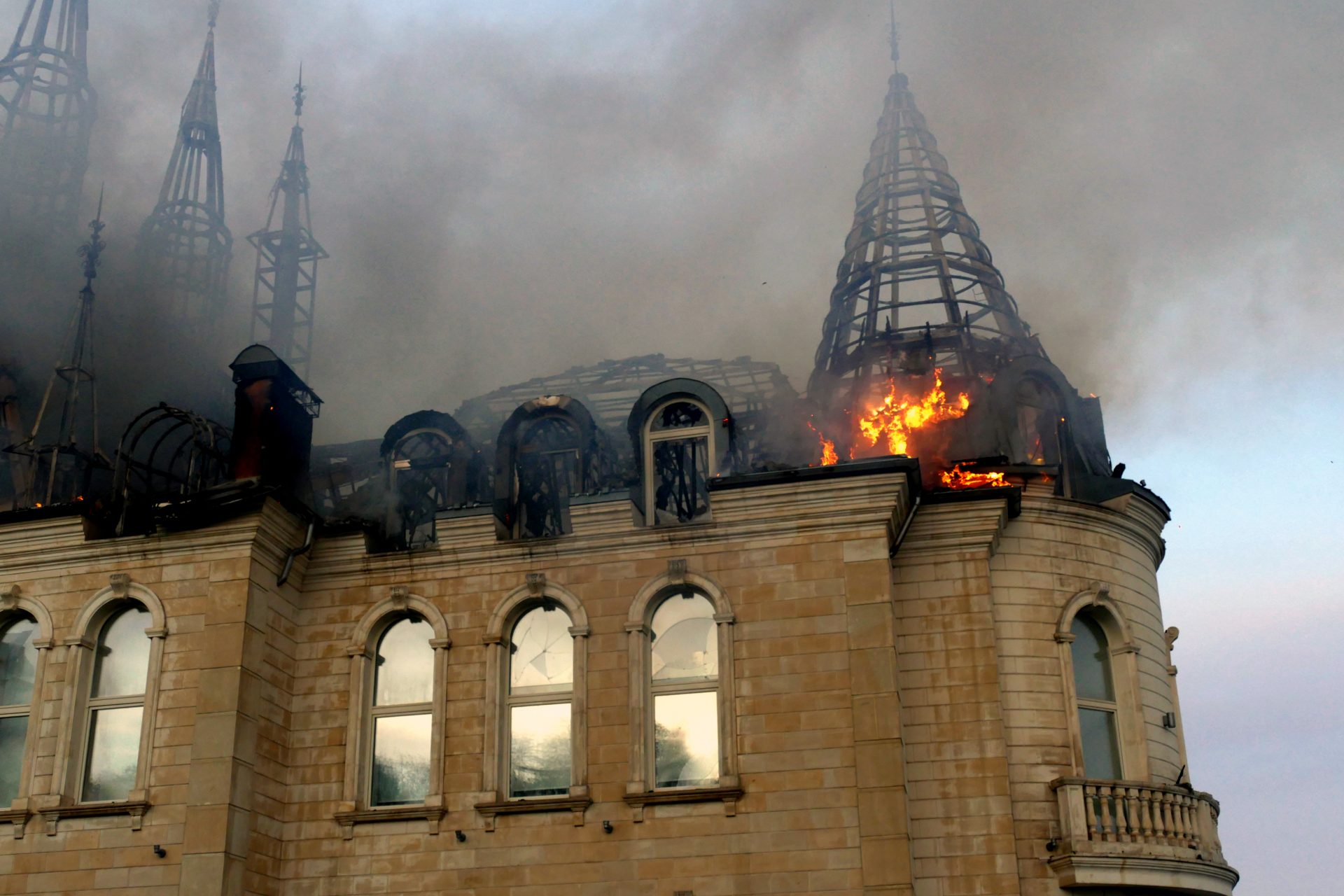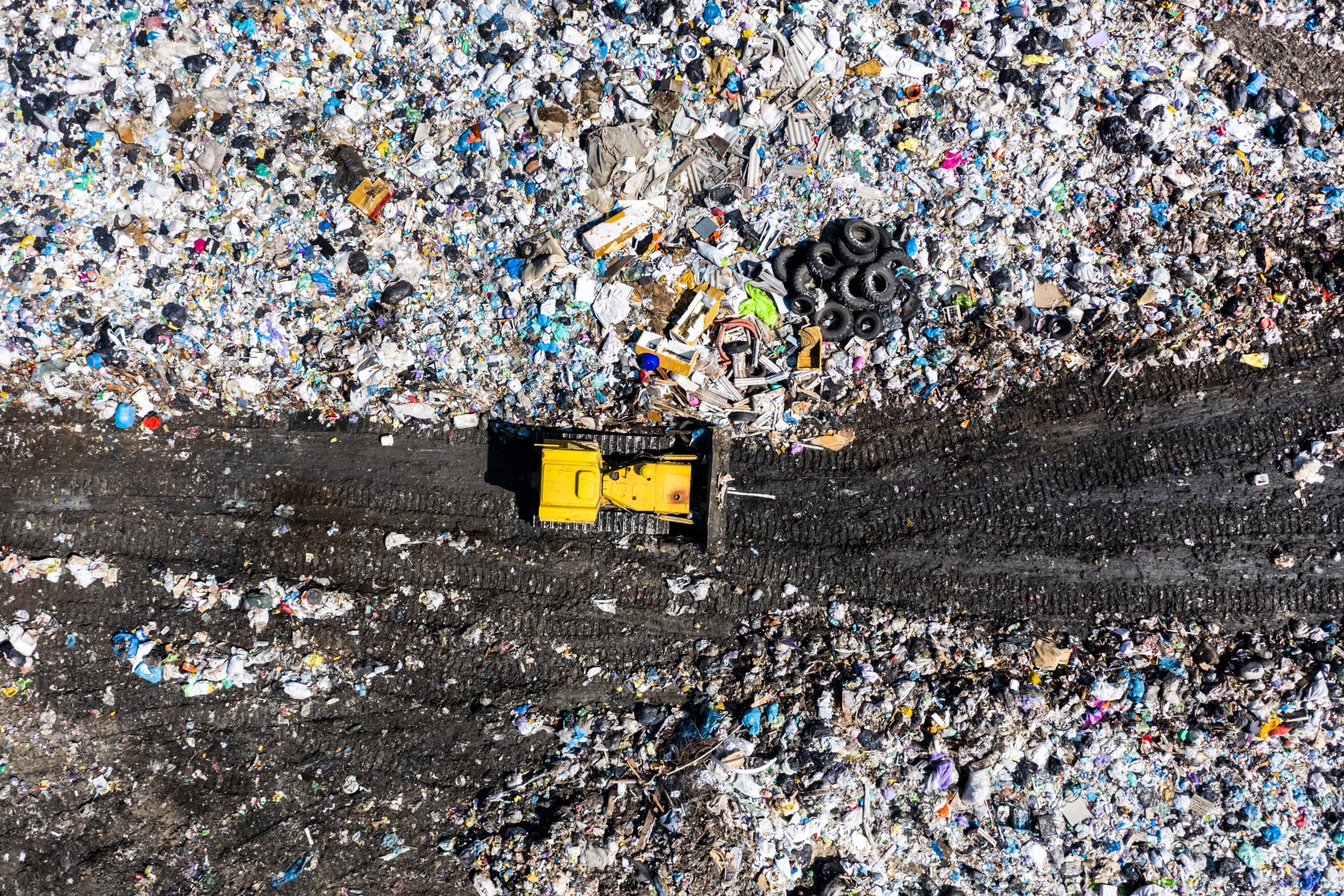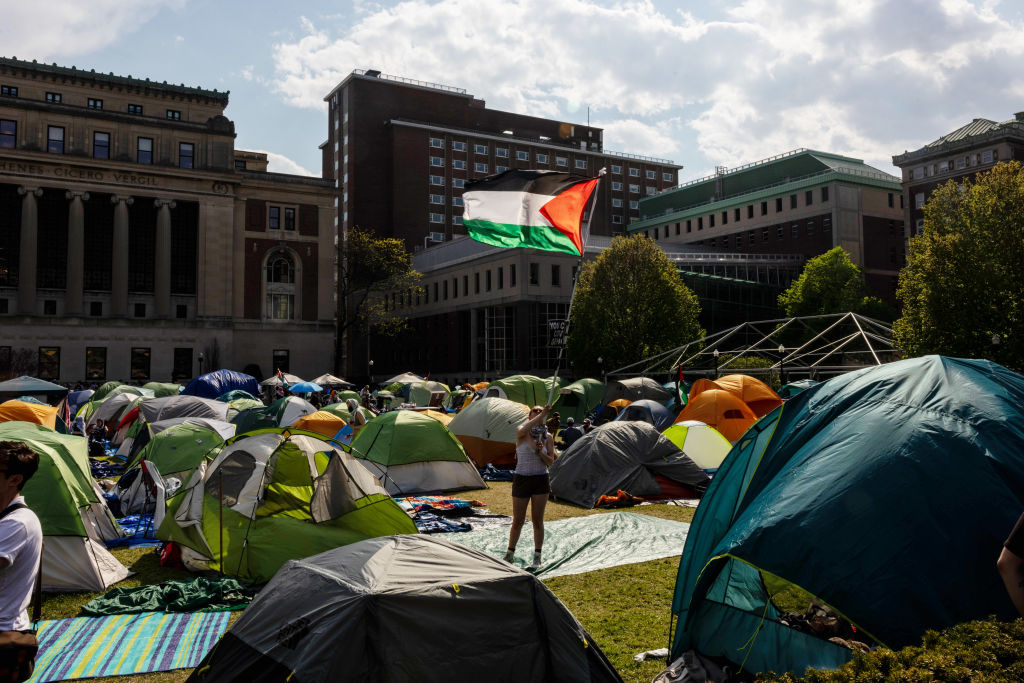Climate change is threatening American nuclear waste buried abroad
Rising global temperatures are threatening nuclear waste from the United States that was created and stored in other countries during the Cold War according to a report from the U.S. government Accountability Office.
Greenland, Spain, and the Marshall Islands are all facing issues that could see nuclear waste seep into their environments as temperatures warm and the ice caps melt, bringing with them rising ocean waters that may lead to the contamination of food and water sources.
Photo Credit: Wiki Commons By NASA, Public Domain
"The United States conducted defense activities in many countries during the Cold War. These activities resulted in radioactive contamination in three countries," the Government Accountability Office report explained.
North Carolina State University nuclear engineer Robert Hayes explained to ABC News that U.S. weapons testing affected multiple areas around the world, places where the military attempted to clean up leftover radioactive material by storing it in containers with concrete caps.
Photo Credit: Wiki Commons By US Defense Special Weapons Agency, Public Domain
The U.S. military believed it cleaned up its weapons testing sites properly, but now changing global conditions have put those clean-up efforts at risk in some regions according to Hayes.
Photo Credit: Wiki Commons By United States Department of Defense, Public Domain
"The military was in the rush of the Cold War," Hayes said. "In hindsight, they could have done a better job," Hayes explained, adding that possible leaks wouldn't be too damaging. "There is generally a public fear that is much higher than the actual risk," Hayes said.
America's looming nuclear waste issues abroad aren't the only waste problems the country is facing. Nuclear energy has emerged as one of the country's leading future power sources but it comes with a big catch. The byproduct of nuclear energy is dangerous and lasts for centuries.
Figuring out how to store nuclear waste safely has been the bane of American nuclear engineers and lawmakers ever since the energy source first began powering homes in the United States because it needs to be stored on-site where it's used.
That’s right. You might be under the misimpression that the United States has a special tract of land where all the country’s nuclear waste is stored permanently. But that is not the case according to the Nuclear Energy Institute.
All nuclear waste created in the United States is tracked and traceable according to the policy institution, which added that every bit of waste created by a power plant is stored on-site in what they called dry casks.
The U.S. The Department of Energy explained the storage process on its website and noted the “nation’s spent nuclear fuel is initially stored in steel-lined concrete pools surrounded by water” before it is moved to its secondary storage.
Nuclear waste is later removed from the water pools it's initially stored in and “placed into dry storage casks that are made of steel and concrete,” the department’s website noted. Sometimes the waste is stored in other materials that provide “protective shielding.”
It is in these casks that nuclear waste is stored at the power plants where it was used to generate energy, waiting for the day that the federal government finally sorts out a way to store the waste more permanently.
There was once a plan to create a permanent nuclear waste disposal site in the United States at Yucca Mountain in Nevada in 1987. However, several political issues kept the proposed plan from ever being started.
This scenario has left America’s nuclear waste piling up for decades on the sites where it was created, waiting for a permanent storage solution. But how much nuclear waste is there and can anything be done about it?
All the nuclear waste ever created in the United States equals about 90,000 metric tons according to the U.S. Department of Energy, which is next to nothing when you consider how much energy is generated from nuclear fuel.
Nuclear waste has been piling up since the 1950s, and to put the size of what’s waiting for a permanent storage solution in perspective, the total amount of waste in the country could fit in less than the first 10 yards of a football field.
There’s not a lot of nuclear waste that needs to be stored but ensuring that the current waste is eventually stored properly and permanently is becoming an ever-increasingly important issue. But current efforts have failed.
The United States Fifth Circuit Court of Appeal ruled in August that it was unlawful for the Nuclear Regulatory Commission to license a private “away from reactor” storage facility in the state according to Scientific American.
This move by the court added Texas to the club of other states that have had plans to create a permanent nuclear storage facility axed by the United States Congress, by the courts, or by local public opinion.
“We are now stuck in the same place we were 60 years ago, with nuclear waste sitting on the surface at reactor sites around the country and no long-term plan in place to ultimately dispose of it deep underground,” wrote Scientific American’s Geoffrey Fettus.
Despite the setbacks, Fettus believes that proper permanent long-term storage of nuclear waste is possible. However, how long it will take to finally implement in the United States depends on how long it takes all of the country's stakeholders to get on the same page in regards to adopting a solution.
More for you
Top Stories




